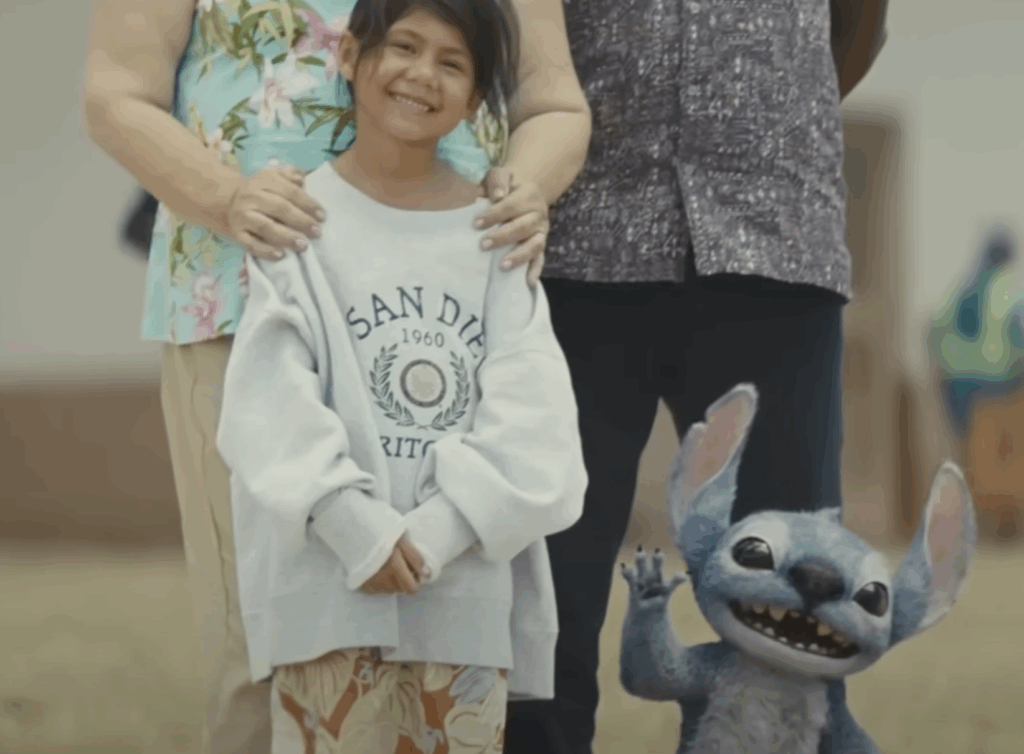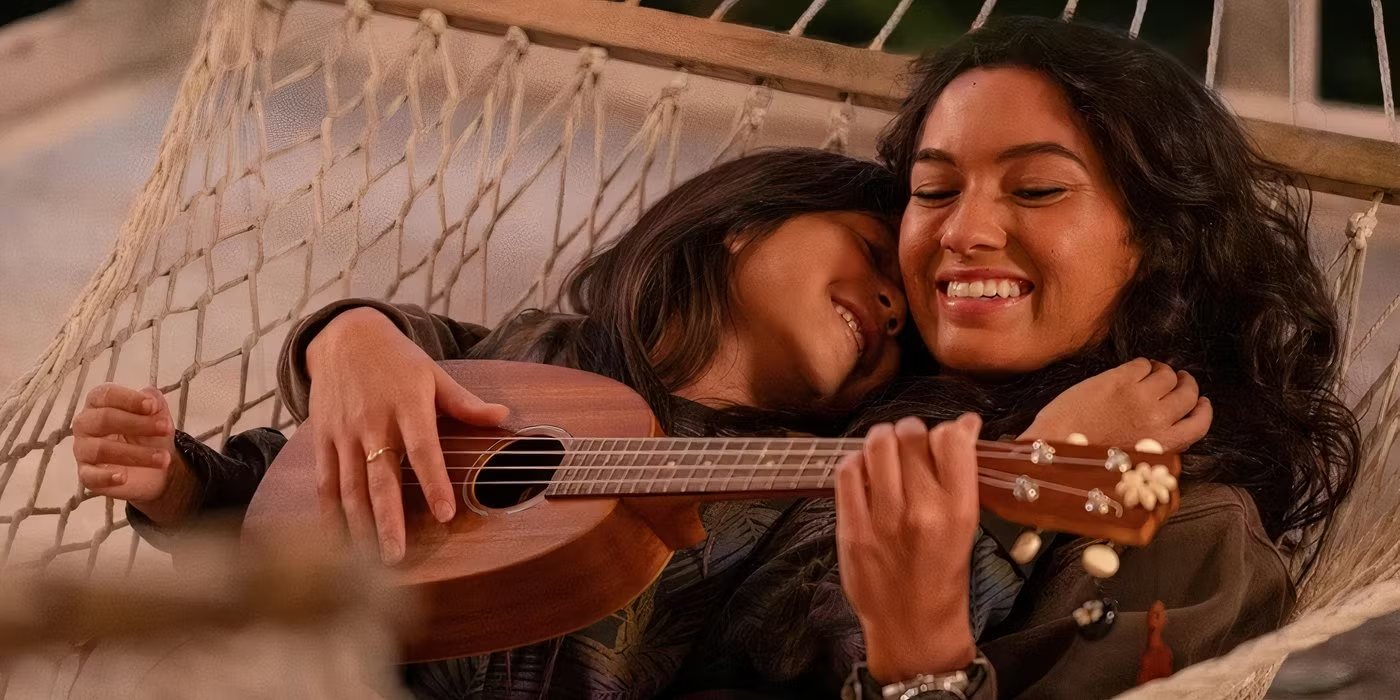Lilo tells Nani to leave.
Nani argues that ‘Ohana isn’t real.
The new ‘Lilo & Stitch’ (2025) dropped some spaceship-sized bombs regarding the wholesome family core from the original animation. The revival of treasured childhood memories has led fans to question the fate of our precious ‘Ohana. The original ‘Lilo & Stitch’ (2002) was among the first mainstream films to fully celebrate Hawaiian culture, rather than use it as a backdrop. The animation, directed by Chris Sanders and Dean Deblois, has since been revamped as a live-action film in 2025, directed by Dean Fleischer Camp. There were several notable team members from the original returning in different roles for the remake. For instance, Tia Carrere, initially the voice of Nani, now fulfils the role of Mrs Kokoa (the social worker)…ironic, isn’t it? The new Nani Pelekai was played by Sydney Agudong, and the new Lilo Pelekai was played by Maia Kealoha.
The biggest critique of the remake was how it destroyed ‘Ohana. The Polynesian concept of ‘Ohana comprises “familial care” and “devotion” to family members, which often extends beyond blood. In the animation, “‘Ohana means family, and family means that no one gets left behind or forgotten”, this slogan defines the original storyline. Lilo uses ‘Ohana as the reason for Nani to give Stitch another chance, seeing as they were his family. The sisterly bond between Lilo and Nani is the quintessential example of ‘Ohana.
In the remake, this idealistic proverb was transposed into a complicated, real-life situation. Nani, drowning in debt and struggling to keep her job, is offered the solution of severing legal ties with Lilo and giving her up to the state. Sounds sketchy, right? But there are some details that change this.
Family structures in Polynesian people groups, such as the Hawaiians, usually span over several generations and are centred on ‘Ohana, or kinship. Kinship is often defined as a “‘mutuality of being’” where kinfolk are persons who “participate intrinsically in each other’s existence”, choosing to have a responsibility for one’s kin for reasons that are not limited by blood relations. Moreover, kinship implies a construct in which the children “accrue additional ‘parents’” rather than replacing their biological parents. For example, this is where grandparents can essentially ‘adopt’ or ‘parent’ their grandchildren, and aunts and uncles ‘parent’ their nieces and nephews. Although biology may influence relations, kinship emphasises relationships based on a cultural and emotional bond.
Furthermore, Nani expresses that she chooses to have guardianship over Lilo because she is her “Kuleana”. The Hawaiian term Kuleana can be roughly translated to “responsibility and privilege”. It is the concept of every person having both the responsibility and privilege to “care for and protect the land and community to which they belong”. Through the lens of Kuleana, Nani attempts to carry on the mantle of her parents by raising her little sister alone. This remake asserts that there are better options than an 18-year-old girl singlehandedly raising her boisterous little sister, who is dealing with loss in a disruptive way. The marriage between Kuleana and ‘Ohana highlights the significance of reciprocity. When Nani is sacrificing her future to fulfil her Kuleana, her kinfolk (next-door neighbours) step in to support her by becoming Lilo’s foster family. The underlying messaging defines ‘Ohana with relationship and devotion that reach beyond legal ties and blood relations. However, the conclusion of the remake is technically Nani giving Lilo up for foster care so that the state would pay off their debts and allow Nani to pursue her dream degree in college.

This leads me to the crux of the matter: we shouldn’t be asking whether ‘Ohana is preserved or not in this remake. We should be asking whether it’s responsible to highlight the complications of loss, tragedy and abandonment in a children’s movie. In a stressful situation with child protective services breathing down Nani’s neck, Lilo tries to bring up ‘Ohana as a reason to keep Stitch. Directly contradicting the original, Nani responds by scolding Lilo:
“We were left behind (by perished parents)! Look, I know all that stuff (about ‘Ohana) sounds so nice…but that is not reality. This is reality, and I need you to start living in it with me.”
Nani never amends her cynical statement against ‘Ohana. This may be more realistic, but such a raw, harsh reality is not necessarily the best product to present to the target audience of 6-year-olds. An adult may be able to glean this from the tension and conflict, but children are more likely to hold onto the intense segments. Amidst the alien laser fights and a family falling apart, it is the fulfilment of childlike hopefulness that made the original animation appropriate for its actual audience. By extension, connecting to the hearts of older generations.
To sum up, ‘Ohana lives on in the remake. Just not in the innocent, feel-good fairytale form that fans rightfully protect.
